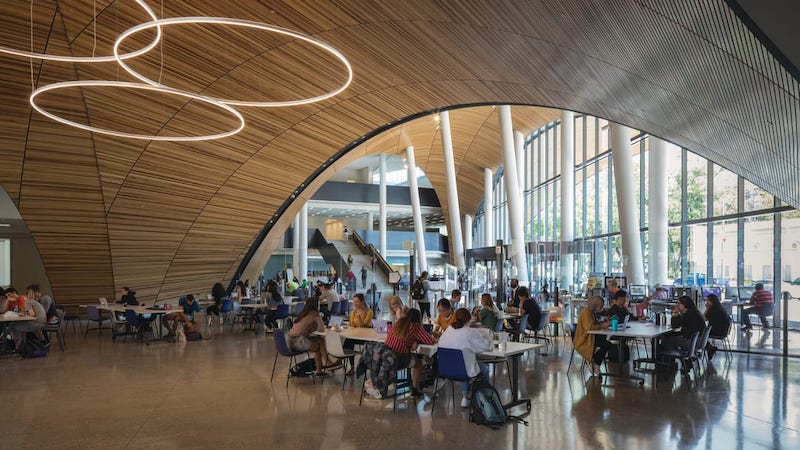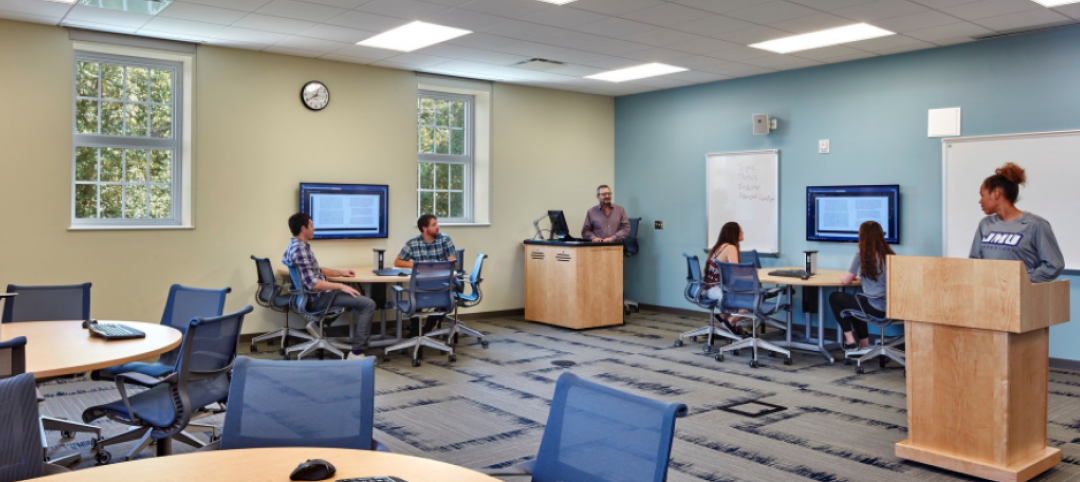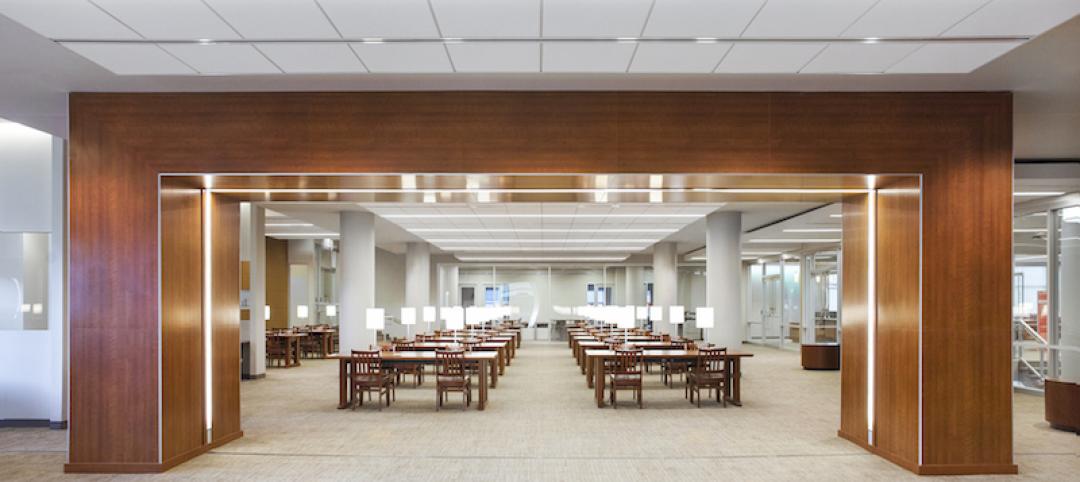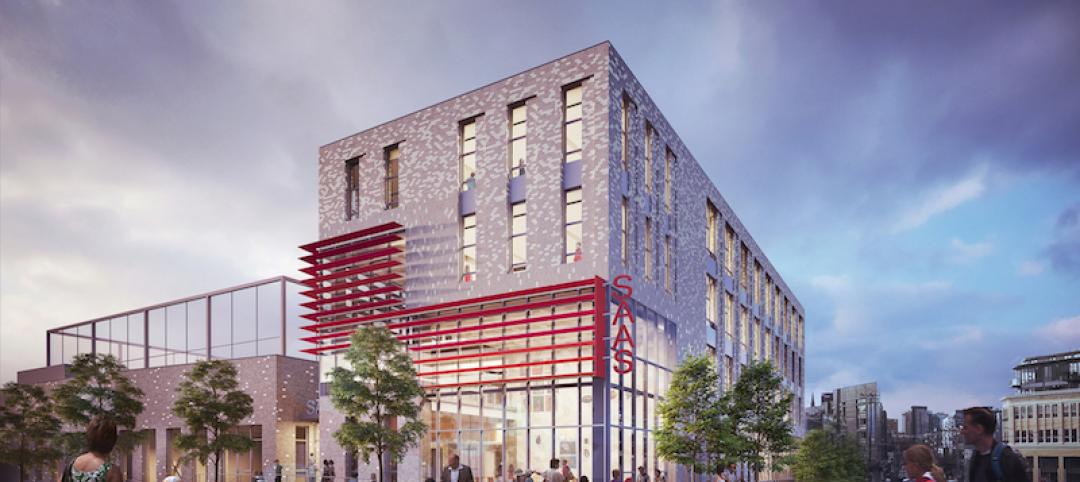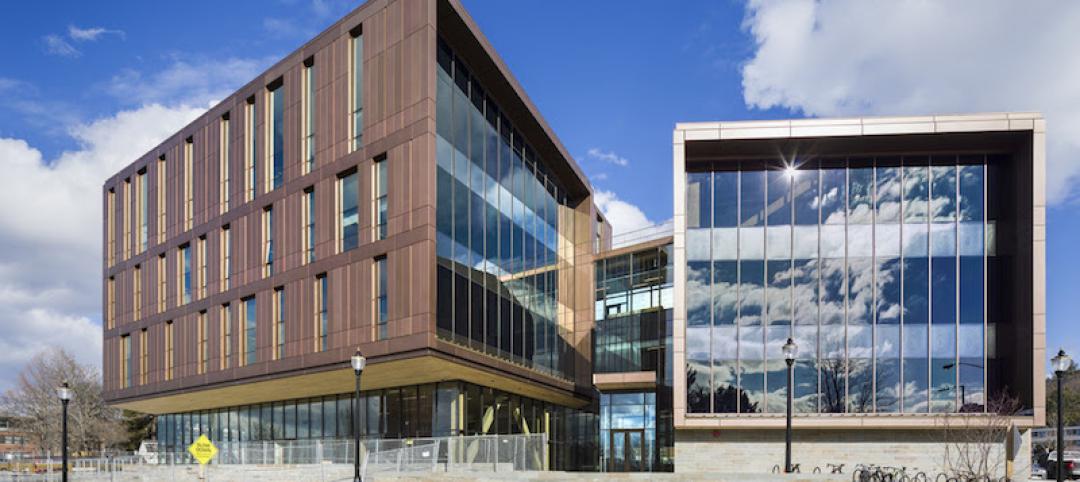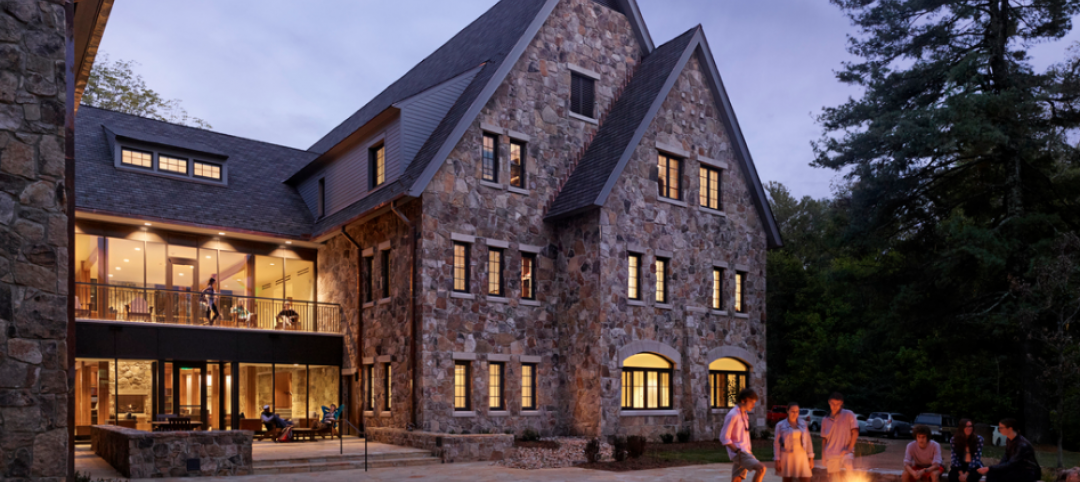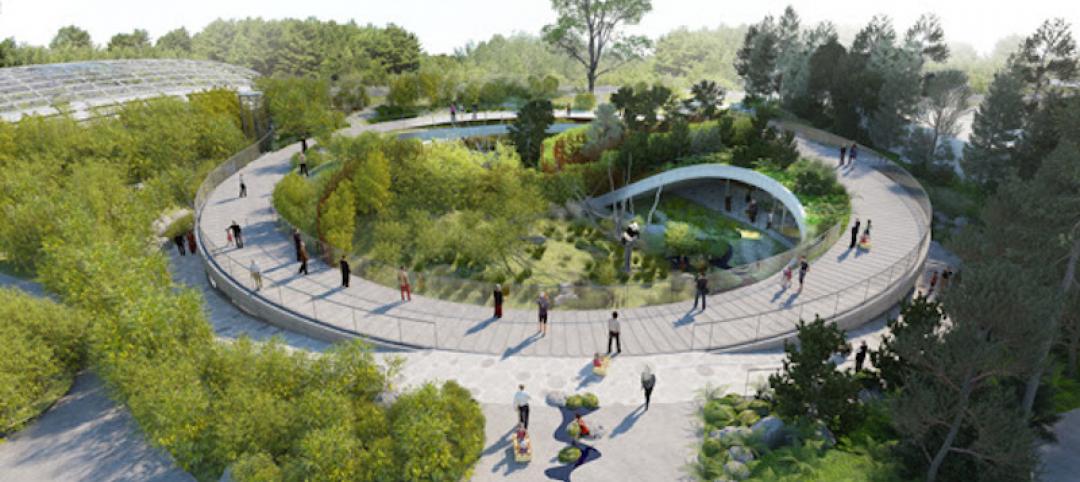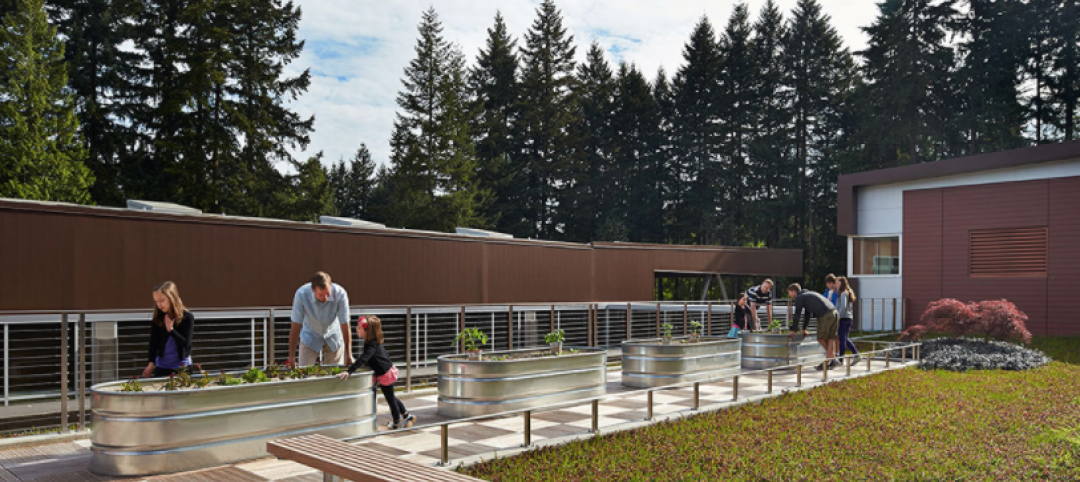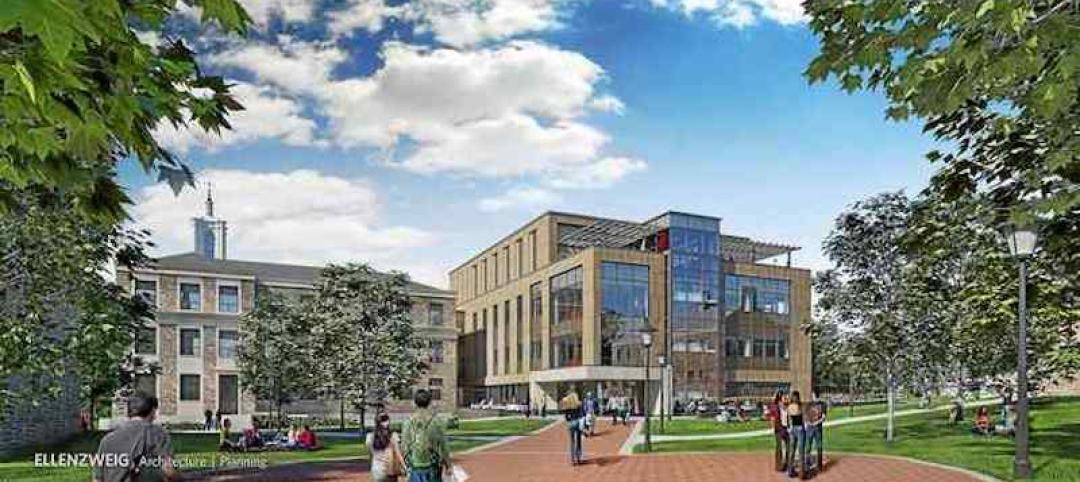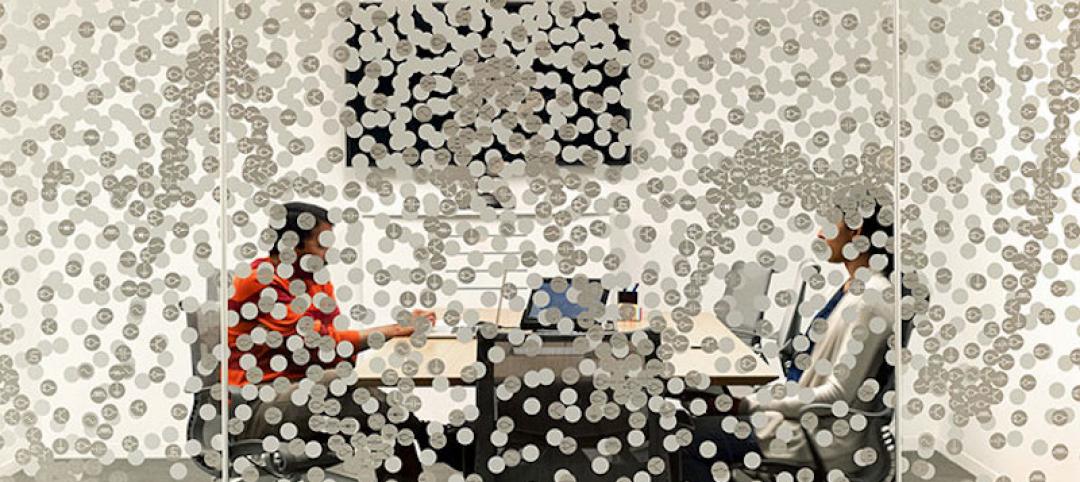The American Institute of Architects' (AIA) Committee on Architecture for Education (CAE) is recognizing 11 projects for state-of-the-art designs of schools and learning centers.
The Education Facility Design Award jury selected six facilities for its Awards of Excellence and five projects for its Awards of Merit. Complete details for each project are available on AIA’s website.
In order to be eligible for AIA’s Awards of Excellence, the architect must demonstrate exemplary practice. Additionally, the design must meet a host of criteria, including enhancing learning in classrooms; balancing function with aesthetics; establishing a connection with the environment; being respectful of the surrounding community; demonstrating high-level planning in the design process; and integrating sustainability in a holistic fashion. Awards of Excellence were bestowed upon the following:
• Charles Library at Temple University, Philadelphia | Stantec | Snøhetta – Joint Venture
• Geffen Academy at UCLA, Los Angeles | KoningEizenberg Architecture
• The Lamplighter School Innovation Lab, Dallas | Marlon Blackwell Architects
• Linde Center for Music and Learning, Lenox, Massachusetts | William Rawn Associates, Architects, Inc.
• Reeds Spring Middle School, Reeds Spring, Missouri | Dake Wells Architecture
• Tarbut V’Torah expansion, Irvine, California | LPA, Inc.
Projects selected for the Awards of Merit are recognized for being of superior quality. This year’s recipients include:
• Amherst College New Science Center, Amherst, Massachusetts | Payette
• Canyon View High School, Waddell, Arizona | DLR Group
• MIT Theater Arts, Cambridge, Massachusetts | designLAB architects
• The Mubuga Primary School, Ruhengeri, Rwanda | MASS Design Group
• Salish Coast Elementary, Port Townsend, Washington | Integrus Architecture
Visit AIA’s website for more information on the Education Facility Design Awards.
Related Stories
Higher Education | May 31, 2017
Space utilization in higher education: more than sf per student
There’s more to space utilization than how often a room is occupied. What happens inside an occupied room is just as important.
Education Facilities | May 22, 2017
Educational design taking lessons from tech firms
Recently, in educational design, we have seen a trend toward more flexible learning spaces.
Libraries | May 16, 2017
A New York-area community college adds new zest to its library
Wired seating and group work areas abound.
K-12 Schools | May 1, 2017
Seattle’s first vertically-oriented middle school breaks ground
The building will provide 74,289 sf of space across its five-story classroom bar.
University Buildings | Apr 26, 2017
UMass Amherst is home to America’s first CLT academic building
The building brings the architecture, landscape architecture, and building technology departments under one roof.
Higher Education | Apr 24, 2017
Small colleges face challenges — and opportunities
Moody’s Investor Service forecasts that closure rates for small institutions will triple in the coming years, and mergers will double.
Green | Mar 29, 2017
Copenhagen Zoo and BIG unveil yin yang-shaped panda habitat
The new habitat will sit between two existing buildings, including the Elephant House designed by Norman Foster.
K-12 Schools | Mar 9, 2017
The future of education facilities: Creating spaces where learning happens everywhere
The art of designing schools lies not in just understanding what makes a functional classroom, but in how successful we are in creating a wide array of educational options for teachers and students within the school environment.
School Construction | Feb 26, 2017
A new survey finds education construction activity going strong this year
Surveys of school districts and colleges, though, raise questions about financing for future projects.
Education Facilities | Feb 7, 2017
Let’s get physical: Design possibilities for the digital classroom
As companies are increasingly looking for people who can do things like communicate clearly, solve complex challenges, lead teams, and define strategic direction, a growing number of learners are turning to any resource where they can learn these skills quickly, effectively and in sync with their busy lives, writes Gensler's Meghan Webster.


